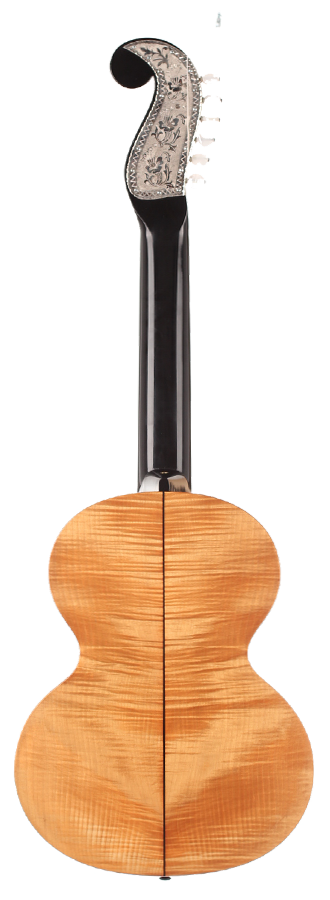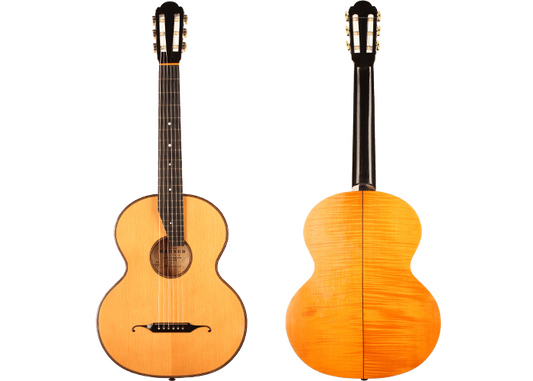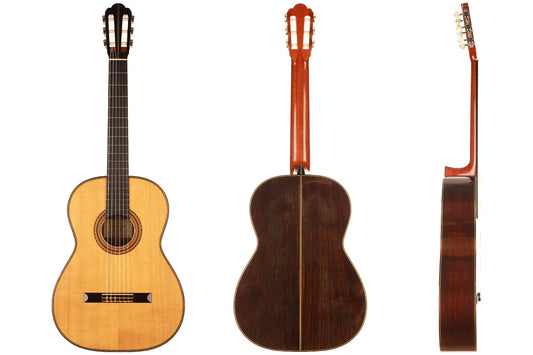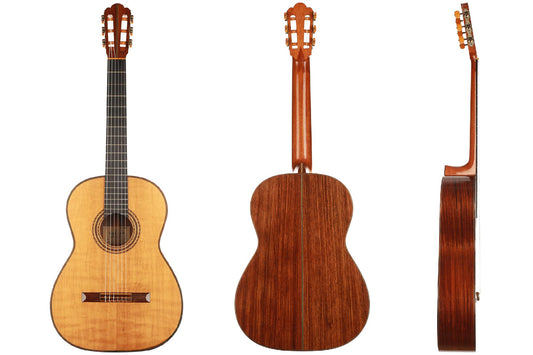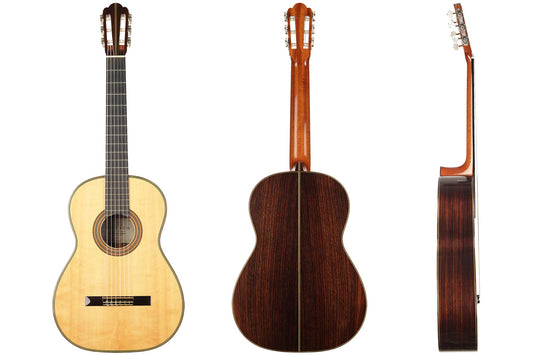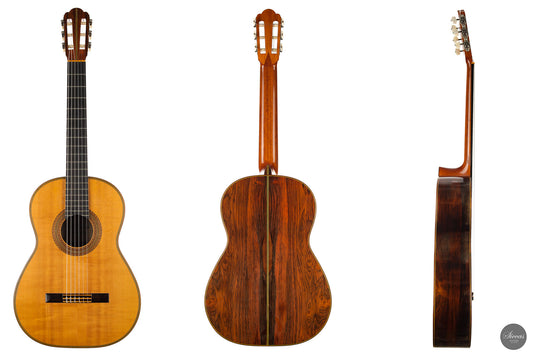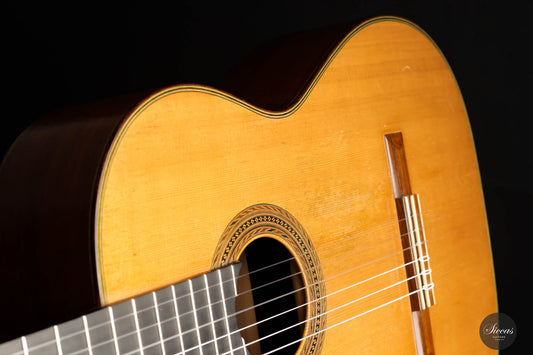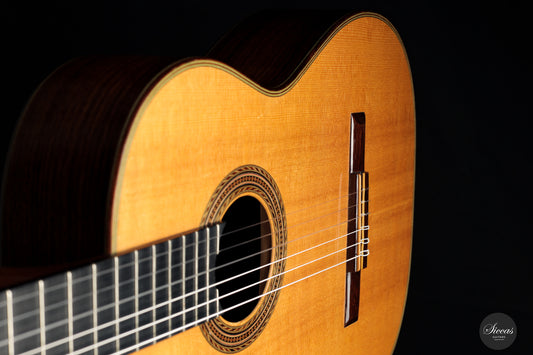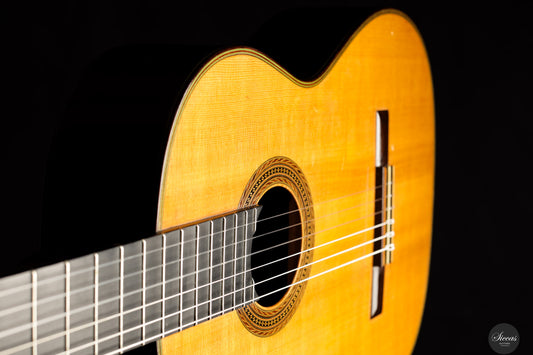Hermann Hauser II
-
Luthier: Hermann Hauser II
-
Luthier: Hermann Hauser IILuthier: Rare GuitarsLuthier: Seltene Gitarren
-
Luthier: Hermann Hauser IILuthier: Rare GuitarsLuthier: Seltene Gitarren
-
Luthier: Hermann Hauser IILuthier: Rare GuitarsLuthier: Seltene Gitarren
-
Luthier: Hermann Hauser IILuthier: Rare GuitarsLuthier: Seltene Gitarren
-
Luthier: Hermann Hauser II
-
Luthier: Hermann Hauser II
-
Luthier: Hermann Hauser IILuthier: Seltene Gitarren
-
Luthier: Hermann Hauser IILuthier: Rare Guitars
-
Luthier: Hermann Hauser II
-
Luthier: Hermann Hauser II
-
Hermann Hauser II - 1956 - No.577
Price on requestSoldLuthier: Hermann Hauser IIConstruction Type: Traditional
You may also be interested Hermann Hauser II
Hermann Hauser II (1911–1988) – Elevating the Art of Guitar Making
Hermann Hauser II was one of the most distinguished luthiers of the 20th century, continuing the celebrated legacy of his father, Hermann Hauser I. His journey from apprentice to master was defined by innovation, collaboration with virtuosos, and an unwavering commitment to artistic and technical excellence.
Continuing the Family Legacy
After completing a four-year apprenticeship at the State Vocational School for Violin Making in Mittenwald, Hauser joined his father’s workshop in 1930. During their years of collaboration, every instrument bore the signatures of both father and son. In 1952, he took over the family workshop, and from then until 1983, the instruments carried only his name. The first guitar to bear his individual signature was numbered 500, while his final instrument likely carried the number 1050.
Refinement and Innovation
Hermann Hauser II advanced his father’s classical guitar designs through constant refinement and close collaboration with prominent guitarists. Many of his clients had previously played instruments made by his father, including leading artists of the time. Like his father, he cultivated personal and lasting friendships with musicians such as Andrés Segovia, Julian Bream, and Django Reinhardt. His open dialogue with these performers allowed him to perfect the tonal and structural qualities of his guitars, creating instruments known for their clarity, balance, and projection.
Iconic Instruments
One of his most notable instruments was built in 1957 and played by Julian Bream between 1959 and 1963. Bream used it to record music by Albéniz, Scarlatti, Berkley, Rodrigo, Frescobaldi, Ravel, and Roussel. The distinctive timbre and resonance of this instrument can be heard on the classic recording The Art of Julian Bream.
Influence and Legacy
Hermann Hauser II’s influence extends across generations of luthiers and performers. His dedication to refining his father’s legacy while incorporating his own technical innovations established him as a master craftsman in his own right. Through his collaborations with the great guitarists of his time, he helped elevate the classical guitar to new heights of musical sophistication and artistic expression.
Conclusion
The life and work of Hermann Hauser II exemplify the harmony of tradition and innovation. His instruments remain benchmarks of craftsmanship, sound quality, and aesthetic refinement. By carrying forward his father’s legacy while forging his own artistic path, Hauser II secured his place among the most influential luthiers in history, leaving behind instruments that continue to inspire musicians and captivate audiences around the world.



